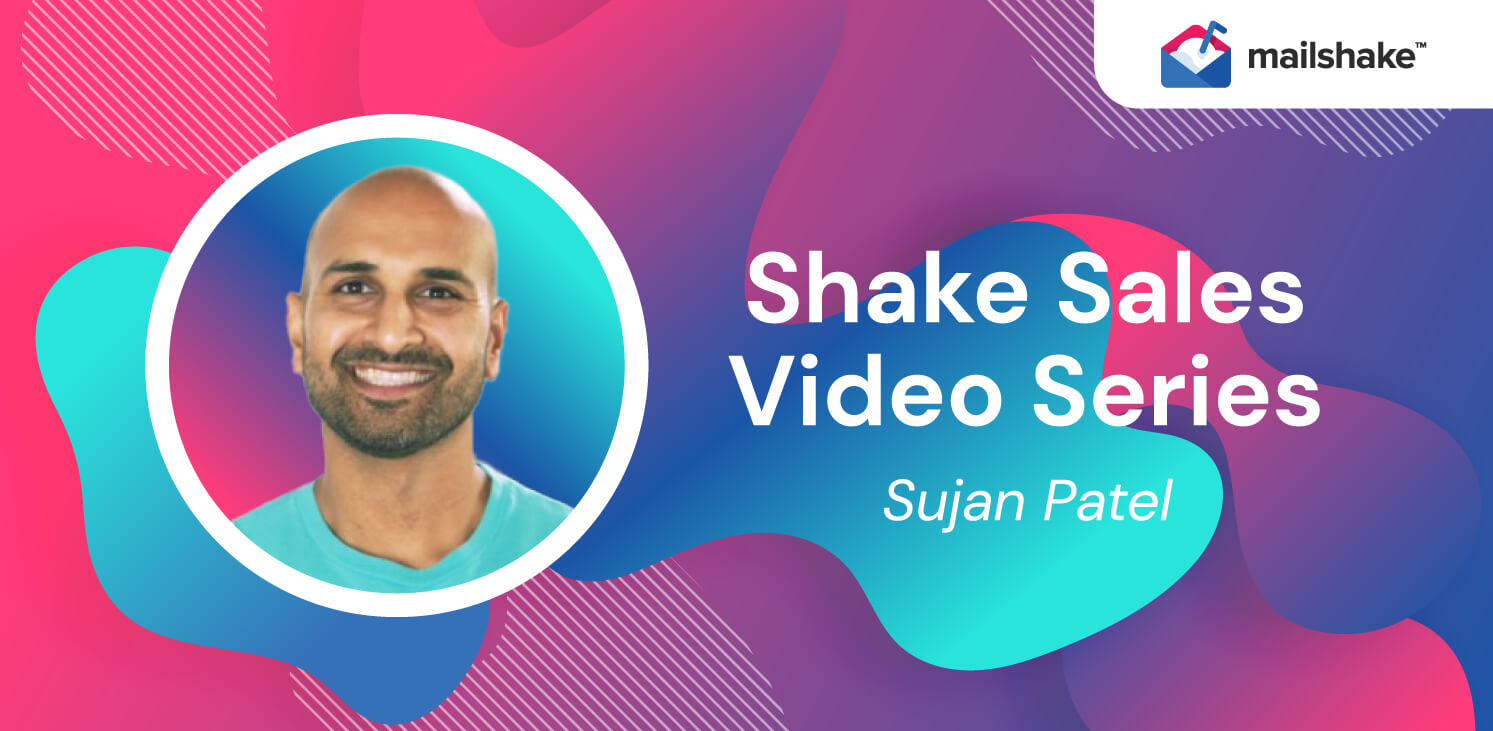How to Write a Follow-up Email After a Meeting

Contents
First impressions matter. Then again, so do second impressions. And if you have an excellent meeting with someone, writing a great follow-up email after a meeting can help you strengthen the relationship and reach your objectives, whether you’re trying to get a job, make a sale, or chart a path for your future.
Why are follow-up emails important?
A follow-up email puts you in the flow of the typical busy professional’s day. It can be easy to miss making a connection via phone call, but emails can be reviewed or responded to at a time that’s most convenient to the recipient.
What else makes a follow-up email an important follow-up communication strategy?
They let you show appreciation
Almost everyone loves to hear a genuine “Thank you” (77% of us do, at least). As you work to build a new relationship or strengthen an existing one, offering thanks for your meeting partner’s time and attentiveness is almost never a bad move.
To take the effectiveness of a thank-you email up a notch, incorporate these features:
- Call the recipient by name.
- Thank them specifically for what they brought to the meeting. Rather than just saying “Thanks for your time,” thank them for considering your product, providing insight into a career field, or offering a potential referral or business source.
- Reference a specific conversation or detail from your meeting.
SPECIAL ORDER
Templates are a great starting point, but personalization is key. Use a mail merge to fill in names, companies and details of recent conversations.
They keep the conversation going
If you’re in the business of sales, you want to make sure you stay engaged with your prospects as they consider the benefits of your products. A thank-you email gives you the opportunity to re-engage with the person you met with, keep yourself top of mind, and create the potential for further discussion.
Even if you’re not seeking to sell a product or service, following up after a meeting keeps the conversation going. A follow-up after a mentoring session can give you additional opportunities to clarify conversation points, ask further questions, or keep yourself top of mind for opportunities your mentor may be privy to.
GOOD TIL THE LAST DRIP
Drip sequences are a great way to automate your follow-ups so you earn more replies without wasting time.
They allow you to be a resource for useful information
A follow up email after a meeting is a great follow-up opportunity because they give you a chance to cement your role as a person your meeting partner can trust and a source of beneficial ideas and information.
When you send an email follow-up after a meeting, think about how you can use email to enrich the conversation you’ve already had. As an example, if your conversation mentioned AI in the workplace, you could send over the latest article on the effectiveness of chatbots when prospecting.
The same goes for information related to your own company’s products and services. Research shows that potential customers want to review multiple pieces of content when making a purchase decision; more than 90% of shoppers say online content affects their buying decisions.
By sharing useful case studies, blog posts, or videos in a follow-up email, you remind your client or potential client that you have resources available to support them, along with highlighting the benefits you can provide.
And, your follow-ups don’t necessarily have to be cut-and-dried business either. If you made a personal connection while discussing your favorite football teams, for example, feel free to send over an interesting article about rankings or trades – just be sure the content you’re sharing is clean and professional.
Meeting follow-up email templates
Still wondering how to create a follow-up email that will get you results?
We’ve put together some options that will help you get started. Don’t hesitate to customize the messaging to fit your meeting/conversation; this is just a framework to give you guidance as you communicate.
After a meeting with a leader in your field/industry
Dear {{Name}},
Thank you for taking the time to meet with me last week. As mentioned, I have watched your career with interest and consider you to be a mentor and role model; I really appreciated the opportunity to discuss the industry with a leader in the field.
I enjoyed hearing your insight regarding opportunities for improving member experience with a combination of personalized service and intuitive technology.
After our meeting, I found this article from The New York Times {{include link}} that you might find interesting. I’d be interested in hearing your thoughts on it, particularly about using automation to create ongoing connections.
I look forward to connecting again soon.
Sincerely,
{{Your Name}}
After meeting with a potential client
Dear {{Name}},
Thank you for taking time for a demo of our marketing automation platform. I appreciated hearing about the pain points your team faces regarding segmenting prospects; receiving feedback helps us to better understand customers’ needs and customize their experience with the platform.
I’ve attached a case study to this email regarding the success one of your fellow financial institutions experienced when fine-tuning their segmentation and creating content that resonated with their prospects.
When can we schedule a follow-up conversation with our team so we can dive into the platform’s segmentation abilities in greater detail?
I look forward to hearing from you and will follow up later this week to schedule a demo.
Thanks,
{{Your Name}}
After a connection at a networking event
Dear {{Name}},
It was a pleasure to meet you at the Downtown NYC Networking event last week. Even though we hold some contrasting views, hearing your viewpoint on maximizing current opportunities was very enlightening.
As a follow-up, I wanted to attach a white paper authored by Seabury Enterprises. It references some of the topics we discussed; if you think it makes sense to have a further conversation regarding what we could do to collaborate, let’s plan to meet again soon. I’m including a link to my online calendar and will follow up with you to discuss meeting for lunch or coffee.
Sincerely,
{{Your Name}}
How to send a follow-up email after a meeting
While email is the top choice for busy professionals, let’s be honest: you’re probably quite busy yourself. Before you know it, several days or a week may have passed since your meeting, and you may be wondering whether it’s too late to send a follow up email after meeting.
The short answer is ‘no’. A grateful and polite follow-up should be welcome at any time. However, it’s often best to strike while the iron is still hot, so these tips may enable you to get started with a flow that makes sense for you and streamlines your efforts.
Be prompt
A quote attributed to Amelia Earhart says, “The best way to do it, is to do it.” But it can seem challenging to squeeze these follow-up obligations into your already-busy schedule.
To avoid letting them fall by the wayside, it’s beneficial to make your follow-ups routine. Set aside a few minutes every day or a 30-minute time block each week and keep a running list of follow-ups you need to send.
Show appreciation
People are more likely to want to interact with someone who is appreciative. Even if it’s something small, like thanking them for taking time to chat at a mixer, that type of extra-mile follow-up can make your connections think highly of you and remember you when they’re in-market for a talent or service you can offer.
Set up templates
If you are in a role or field where you need to do frequent follow-ups, it can make sense to use dedicated tools to manage your communication.
For example, using a platform to automate follow-up emails can make it easy to ensure at least an initial touchpoint following a meeting or discussion. From there, you can personally manage future communications. Think of the follow-up template as a friendly reminder; once you reconnect and re-establish communication, then wow them with all you can offer.
Include a way to continue the conversation
On that note, a follow-up isn’t just a piece of fluff that’s meant to create warm and fuzzy feelings. A key aspect of following up is opening up the possibility of taking the relationship a step further.
Include in your follow-up some sort of ask or opportunity they’ll want to say ‘yes’ to.
It could be as simple as downloading a white paper about your company, or offering a coffee date on you in the future. But once you get people to start saying ‘yes’, they’re likely to continue.
Diversify your channels
Another key component that separates those killing the follow-up game from those just going through the motions is an omni-channel approach.
Yes, email is your best bet and the preferred channel for communication overall. But that doesn’t mean the other channels aren’t worth the effort.
“To me, social isn’t a ‘Should I do it?’ You have to. If your audience lives on LinkedIn or Twitter or Instagram, you have to be engaging them there.” ~Jake Dunlap, Skaled
Explore an omni-channel approach that includes email, video, social media, and the telephone … especially if you’re not getting a response from just one of them. Companies with an omni-channel engagement process see a 9.5% year-over-year growth in annual revenue – almost 3x more than those that do not – in addition to increasing the engagement itself.
An omni-channel experience delivers the goods on prospecting, nurturing, and retention.
Which channels do they seem to prefer and/or where did you first engage with them, what do they do on each (just shooting the breeze on social, business on email, vice versa)? Take your cue from them. Engage with them where and how they seem to prefer.
“If you diversify the channels you use, you’re much more likely to get someone’s response.” ~Matt Heinz, Heinz Marketing
A BLENDED APPROACH
Include social media outreach and general tasks right in your campaign sequence. You can even make calls using Mailshake Dialer.
Automate follow-ups with Mailshake
Staying on top of prospect outreach is impossible if you’re doing it manually. But a sales engagement tool like Mailshake can help you reach out to hundreds of prospects every week in a way that’s scalable.
With Mailshake, you can:
- Personalize email outreach with mail merge
- Create and schedule automated follow-ups
- Manage leads generated from your campaigns
- Integrate the rest of your tech stack for added efficiency
Bottom line: following up is absolutely essential to an effective outreach strategy, but there’s no reason why you can’t automate it.
A great meeting can be a great start to a relationship, but the email follow-up can help seal and strengthen the deal. If you’re wondering about whether to send one, don’t hesitate – just do it. You’ll be glad you did.
Conclusion
Memories fade. You may have had a great meeting with someone, but it’s important your second impression matches the quality of the first one you made.
This means the follow up email after a meeting is vitally important.
You want to build on the good work you’ve done in the meeting and keep the memory fresh. If you do this promptly, and put consideration into your follow-up email, then it’s going to help to cement the relationship you’ve worked hard to curate.
If you’re constantly making new connections and struggling to keep up with your email follow ups, then it’s time to make a plan.






